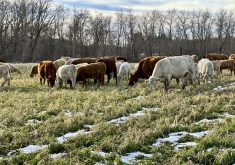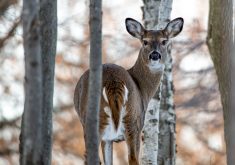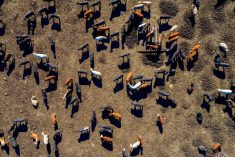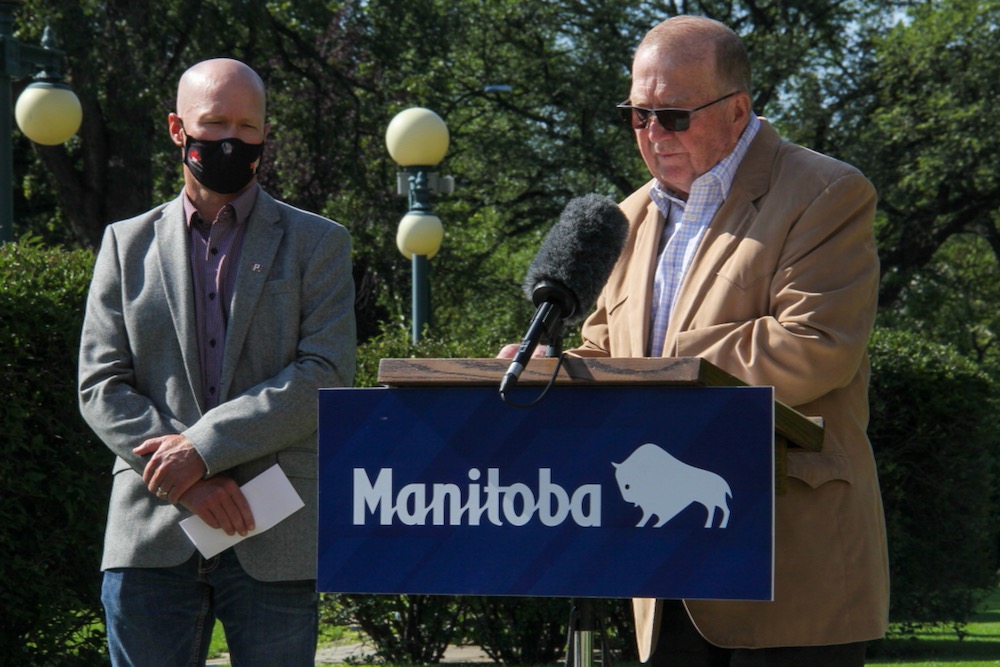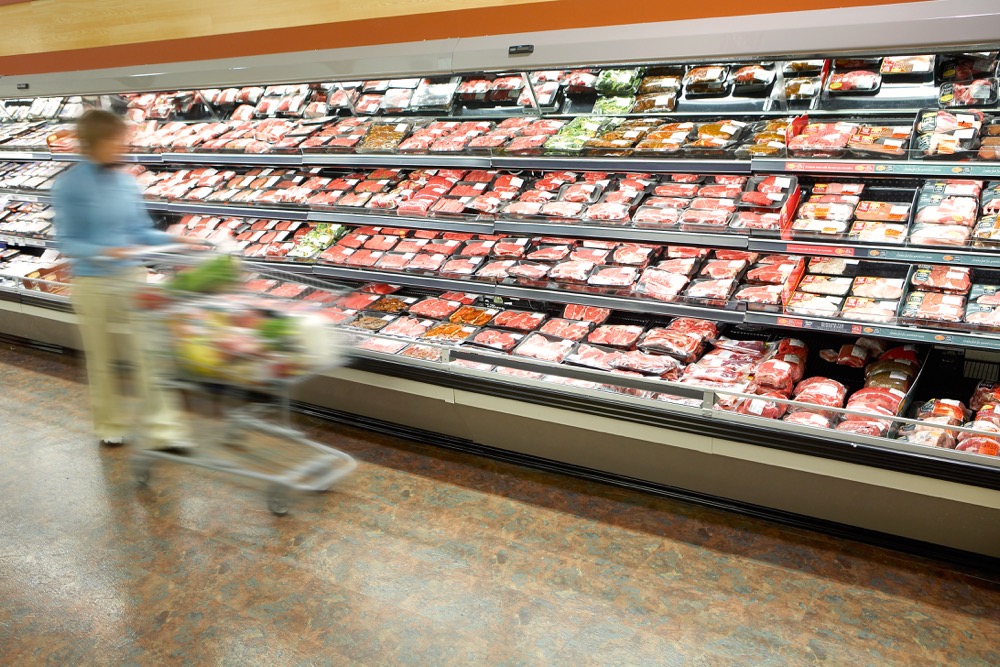Most cattle-breeding programs have long concentrated on fast-growing traits in the calves.
Now Brazilian researchers are targeting other traits, such as meat tenderness and the size of the rib-eye muscle area.
They’re doing so by studying the genome of the Gir cattle breed, common in that country, and have identified 35 genes that are associated with attributes such as reproduction, milk composition, growth, meat and carcass, health, and body conformation.
The scientists, from Sao Paulo State University (UNESP), say the work is a first step toward the development of novel lines with traits desired by both producers and consumers.
Read Also

Mazergroup’s Bob Mazer dies
Mazergroup’s Bob Mazer, who helped grow his family’s company into a string of farm equipment dealerships and the main dealer for New Holland machinery in Saskatchewan and Manitoba, died July 6 from cancer.
The results of the study have recently been published in the journal PLOS ONE.
The Gir breed is of Indian origin and has been successfully introduced into the tropics. It is one of the main cattle breeds farmed in South American tropical countries, especially Brazil. However, the various populations have pronounced differences. Strong artificial selection in recent decades has increased the genetic differentiation among herds in countries of the region.
Gir cattle are mainly farmed for milk in Brazil today, although they were once an option for meat producers.
To locate the genes associated with beef and dairy production in Gir cattle, the researchers analyzed the genotypes of animals from different populations.
“We selected a Gir group for beef and another for dairy. The difference in morphology was significant. The animals selected for beef had more muscle mass and were stronger, while cows selected for dairy had very large udders,” researcher Josineudson de Vasconcelos Silva said.







